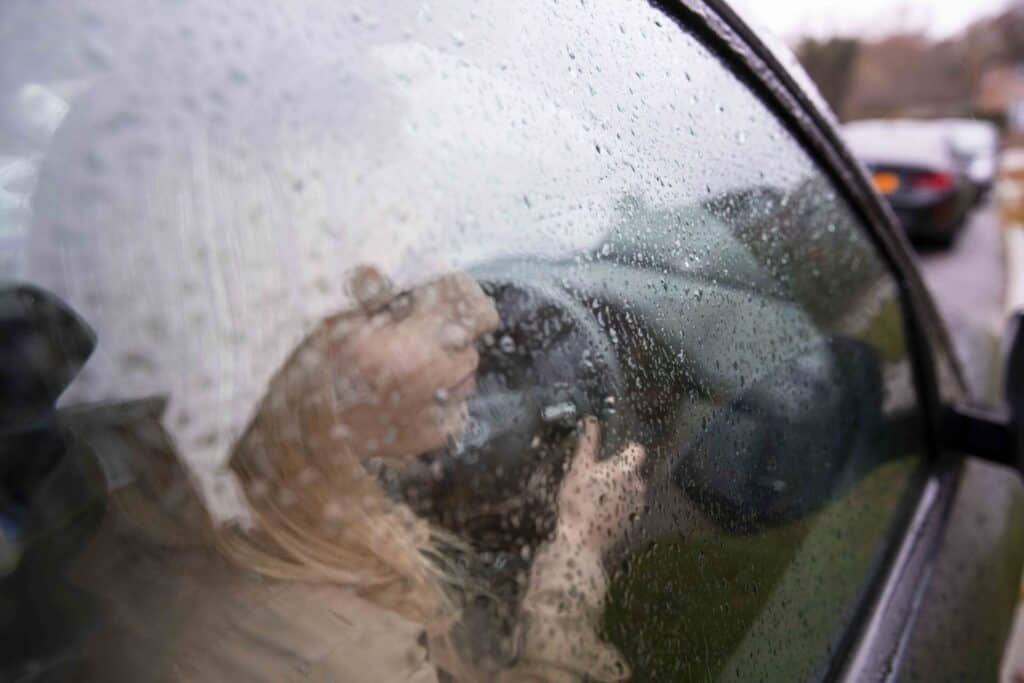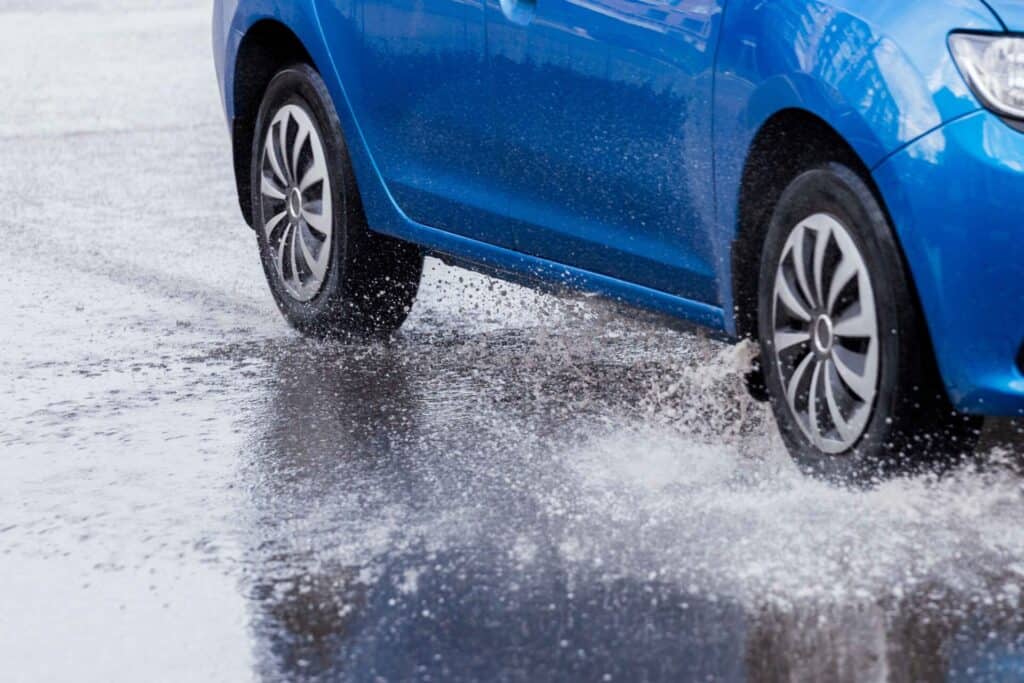Driving a car during the monsoons is a daunting task in India! You must be extra cautious of the dangers that come your way with the notoriously famous Indian roads. Do you agree? The best thing to do when raining is to stop driving and stay safe. But if you have to, there are a few tips on how to drive safely. You can acquire more knowledge on this by getting in touch with a professional driving school Madurai. We have consolidated a few important rain safety tips for you to follow here below.
Crucial Things to Know Before You Start Driving in the Rain
The four main things to do while driving in the rain include:
Drive Slowly
When there is a severe downpour, the speed limit must be lowered while driving. This promotes safety and prevents any unintended accidents. Your automobile needs more time to respond to braking and turning when wet because it needs to acclimate to having less traction. Given this, it is advisable that you drastically reduce your speed when driving on wet roads.
Maintain Good Distance
In India, social distancing on roads is not a common scenario. You won’t be shocked if a car is tagging so close to you or on either side and a few inches from your rear bumper. According to road rules, you should maintain a car’s width of the distance between you and the vehicle in front of you. This becomes essential when driving in the rain, and you need to give your automobile enough time to respond, slow down, and stop. You must maintain a safe distance when driving on wet roads since the tyres frequently skid or slip before digging in and coming to a stop. You must leave at least two cars’ space between you and the vehicle in front of you.
Go Easy With Brakes
Making quick manoeuvres while driving on a wet road is risky because the vehicle’s reaction time slows down. The automobile is more likely to skid if you slam on the brakes, and you will quickly lose control if you do. It’s recommended to take your foot off the accelerator and softly press the brake when you wish to stop or slow down.

Learn How to Handle Hydroplaning
One of the most frequent reasons for accidents on slick roads is hydroplaning. Hydroplaning happens when an automobile enters stagnant water, such as puddles, at a faster speed than necessary. This is why automobiles skid—a film of water- are stuck between the tyres and the pavement, preventing the vehicle from slowing down or stopping. It is vital to drive slowly through the puddle or avoid them.
Stay calm if you ever find yourself in a position where your automobile is hydroplaning during a downpour. The tenser you become, the more control you will lose. All you have to do is to remove your foot from the accelerator immediately. This will enable the car to slow down. Never slam on the brakes or make fast, sharp bends if you are hydroplaning, as the vehicle will skid more if you do so. A renowned ladies driving school teaches women beginning to drive by letting them know all the safety tips to follow while driving in the rain.
Role of Headlights, Air-conditioners & Windshield Wipers in Rains
If you’ve ever been in a moving automobile during a downpour, you are aware of how difficult it is to see anything up to a few metres in front of you. Heavy rain is frequently accompanied by mist or fog. When driving in the rain, keeping the headlights on improves your visibility and alerts other motorists and pedestrians of your presence. Therefore, you must turn on your headlights in these circumstances so you can see better and protect yourself effectively. A greater area in front of the automobile is illuminated by bright LED headlights and fog lights available in the latest cars.
In India, rain is accompanied by humidity, which causes fogging. Car glasses fog up because the outside temperature is different from the inside temperature. Turning on your air conditioning and setting the temperature to match the outside will prevent your windows from fogging up when driving in the rain. As a result, this gives improved visibility. If that doesn’t help, park your car off the side of the road and open a few windows to let some fresh air in. When their windshields become fogged, you can also clean them with a clean cloth, but it is only a temporary solution.
When driving in the rain, visibility from inside the automobile is equally as vital as it is from the outside. Rains on the windshield can distort a driver’s field of vision and make objects appear farther away than they actually are. The purpose of the windshield wipers is to provide optimum visibility at all times while driving in the rain by wiping away extra moisture from the glass. The majority of today’s cars have numerous speed settings for various rain conditions, from a drizzle to a torrential downpour. Including a cleaning agent in the wiper fluid can prevent the windshield from becoming frosty in areas with frequent hail or ice.
Final Words
If you use and abide by this useful advice and techniques, you will be able to drive safely in the rain. Most importantly, paying attention to your surroundings is crucial because no matter how cautious you are, other drivers may not follow the regulations. However, when you go by the rules, a significant portion of the risk associated with driving in the rain is eliminated. If you want to be a pro in driving, and learn the rules with professional guidance, contact the best driving school Madurai. Follow the above recommendations and pass them on to friends and family to raise awareness.



